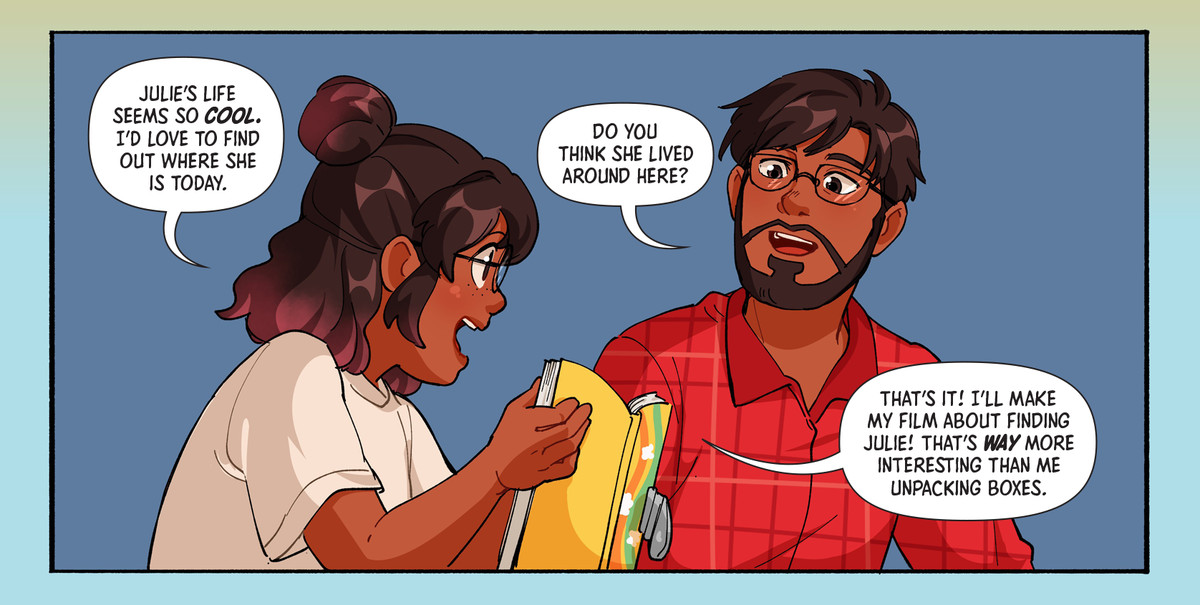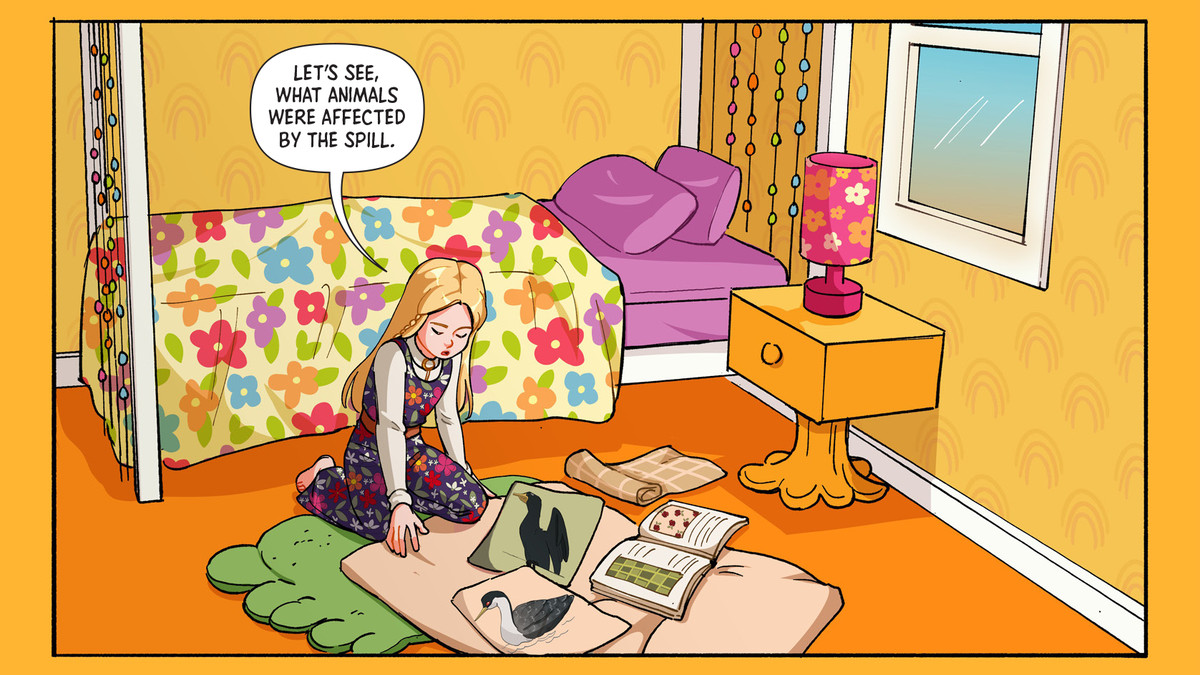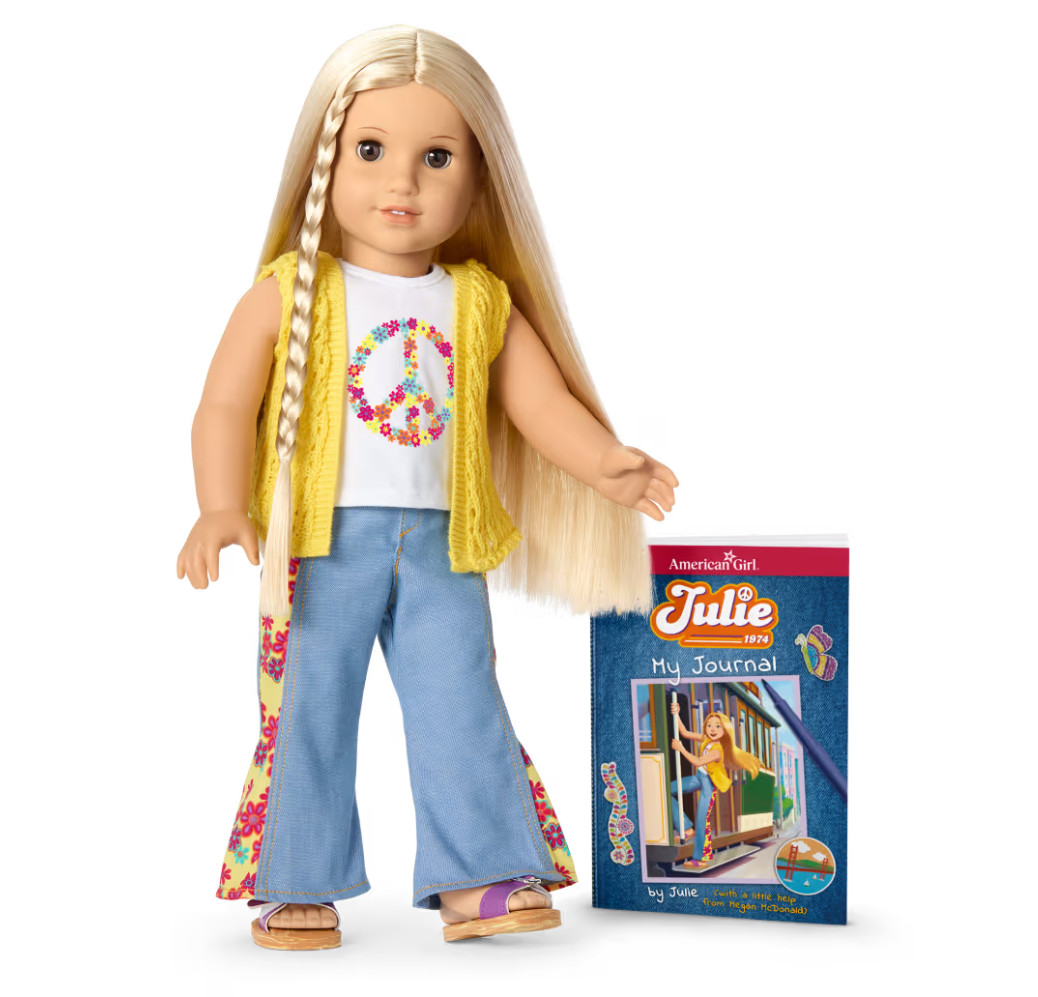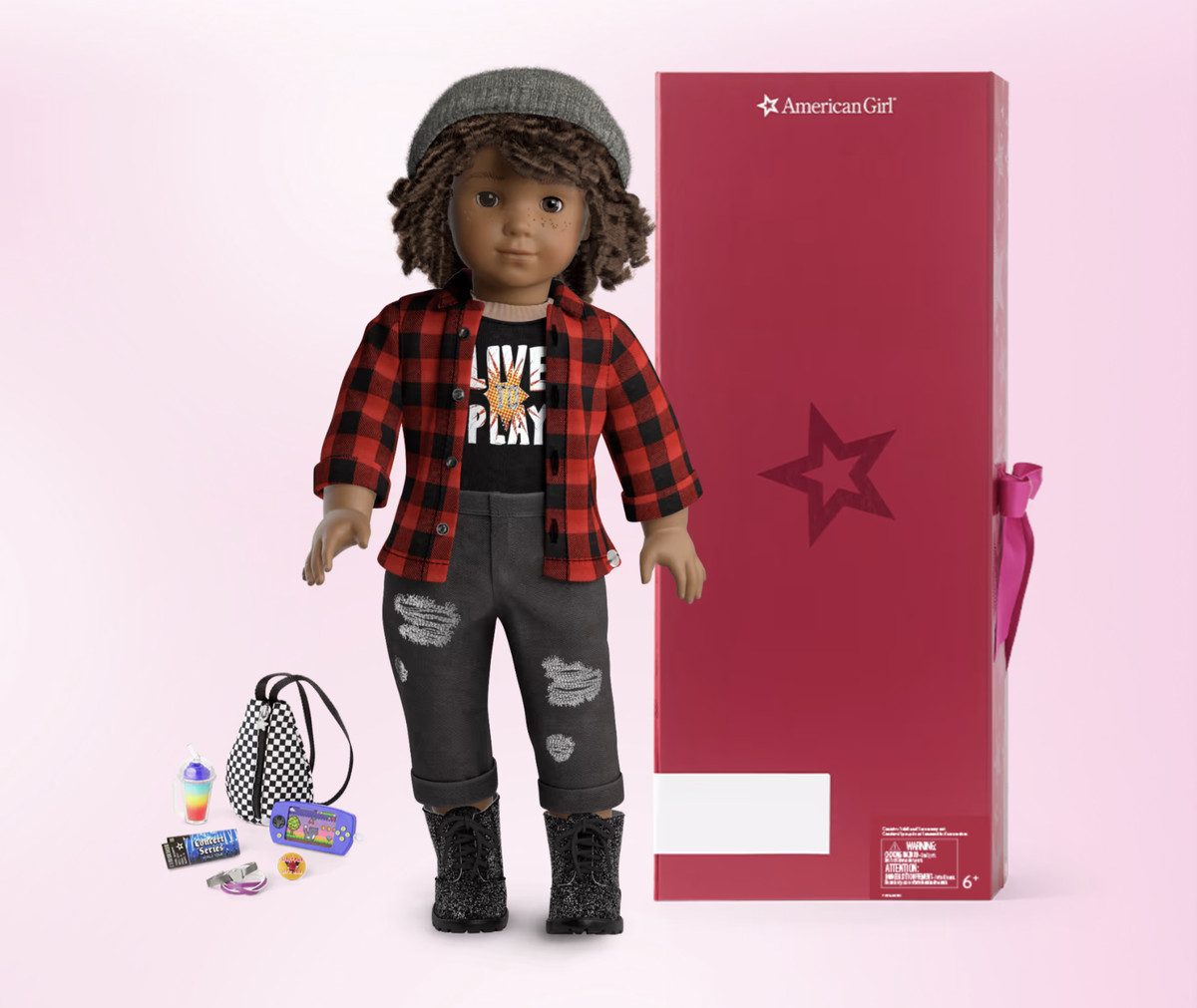The first American Girl comic book, Julie and the Blue Guitar, is a worthy entry in the franchise
My memories of American Girl literature are strong. The chapter books painted backstories for my favorite dolls, which gave me a taste for historical fiction and nonfiction that I still have, and books like Hair: styling tips and tricks for girls And The Care and Preservation of You: The Body Book for Girls offered a gender-affirming look at girls’ childhoods at an otherwise fraught moment for women’s representation in media: the mid-2000s.
Image: Felia Hanakata/IDW Publishing
So when IDW Publishing and Mattel announced they were collaborating on a series of American Girl graphic novels for the kids of the 2020s, I got Real excited. Polygon had a chance to read the first, Julie and the blue guitarwritten by Casey Gilly and drawn by Felia Hanakata, before being released to readers this week. Blue guitar continues the American Girl tradition of telling fascinating historical stories through a hopeful lens, but also highlights a failure inherent in the dolls themselves: their individuality.
Gilly and Hanakata are not new to transforming iconic franchises into comic books. Together they have worked on well-received stories in the Buffy the Vampire Slayer canon, The Dragon PrinceMy Little Pony and Dungeons & Dragons, to name a few, so that’s no surprise Julie and the blue guitar is compelling and inventive.
The creators build on the history of Julie Albright, a 1970s doll introduced in 2007, and bring her story into the 21st century through her diary, which is discovered by the book’s current protagonist, Emma Dhillon, as she moves into her new home in San Francisco. This is the beginning of two parallel stories: one in which Emma makes a documentary about her journey to discover who Julie is, and one in which Julie and her friends try to solve the mystery of a stolen blue guitar in 1977.

Image: Casey Gilly and Felia Hanakata/IDW Publishing
To keep the stories organized, Hanakata borders Emma’s sequences in blue and Julie’s in yellow, but I have to admit I was initially confused by the premise. A panel of Emma and Julie shouting at the same time while facing each other made me think for a moment that we were time traveling – but once I got into the parallel stories (and the color coding) I didn’t put the book down until I had it out. .
It wasn’t just American Girl nostalgia that kept me turning the page. In fact, it’s almost the opposite. Hanakata’s thick-lined, brightly pigmented representation of Julie is refreshingly modern compared to the photorealistic images of her on the American Girl website. The pages designed to look like the inside of Julie’s journal make me excited for children to create imaginary worlds for their Julie dolls based on what they learn about her in this book.
Julie’s story also focuses on her motivation to raise money for San Francisco Bay oil spill cleanup, which is based on the real-life 1971 oil spill. In true American Girl form, the last few pages of the book feature information about various real-life historical events that inspired elements of the story.

Image: Casey Gilly and Felia Hanakata/IDW Publishing
It is not only accurate in a historical sense. Gilly and Hanakata aren’t shy about incorporating modern technology and vernacular, which seems like a great way to keep young readers interested. Emma films her documentary on her smartphone, illustrated to look like the user interface of a real phone, right down to the puppy filter that appears on Emma’s face in a few scenes. Gilly strikes a nice balance between modernity and sends Emma’s character to the library to search local yearbooks that don’t exist in digital form, just like Julie’s diary.
However, this book raises one of my biggest reservations about American Girl as a now-adult feminist. Hanakata’s Emma is short and has dark hair that fades to pink at the ends, which frames her round face and complements her relatively plump physique. Julie matches other American Girl doll artwork: she is thin and slender, with long blonde hair.


But while you can buy a Julie doll, you can’t buy an Emma doll. I tried to custom make an Emma doll on the American Girl website, but I couldn’t find a hairstyle or color that matched it, nor could I adjust her shorter height and fatter body shape. Either way, each American Girl doll is destined to be 18 inches tall with a soft, flat stomach and legs that don’t touch.
It’s not that the dolls are particularly harmful in their representation; compared to the wide world of big brand dolls they are not overly skinny and you can choose from a range of skin tones and hair types. But their homogeneity in body type means that the dolls in media like this comic are also all depicted the same way.
In short: There hasn’t been a fat American Girl doll yet, and it’s long gone. For some reason Gilly and Hanakata chose to Julie and the blue guitar‘s main character has a body that differs from Julie’s, which begs the question: If American Girl’s new graphic novel line can build compelling stories with body diversity, when will American Girl reflect that in its main business?
The book uses body diversity well — I’m glad young readers will see a smart, intriguing character who might be more like them in American Girl media — but Mattel fails to back it up with dolls that also claim that value. It’s a shame that children have to get creative with their dolls to create stories that fit body diversity Julie and the blue guitar, because the choice to make Emma different makes for a better graphic novel. Why can’t those different shapes and sizes also exist for the dolls?
